If there’s one type of infestation no homeowner wants to find in their home, it’s termites. They might be the tiniest of critters, but termites can do serious damage to your home over time.
Each year, termites cause country-wide destruction across the U.S. It sounds dramatic, but termites infest not only homes but commercial buildings. If you ignore the signs of termite infestation, you could be looking at thousands of dollars’ worth of damage.
This is why it’s so important to be vigilant as a homeowner and know what to look for when it comes to a termite infestation. This blog is here to keep you prepared.
1. Hollow Sections of Wood
Although they are tiny, termites have great power in large swarms. This means they can literally eat their way through solid wood, no matter the size or thickness of the beams.
They do this by creating tiny networks of tunnels, also called galleries, in the solid wood. The worst part is that the tunnel networks run parallel to the wood grain so this causes major weakening of the wood, compromising its structure.
What’s more, it’s difficult to see hollowed-out wood from the outside. But when you touch it, you’ll notice a distinct difference between healthy wood and hollow wood.
If you knock on hollow wood, it should create a resonating sound, or something similar to crumpled paper. If you cut the wood open, it will most likely look like honeycomb on the inside.
As a homeowner, you want to regularly check the integrity of wooden door and window frames.
2. Termite Droppings
This is probably one of the most common signs to look out for when it comes to termite infestations. Their droppings are also called frass, and unfortunately, they’re small enough to go unnoticed. However, if you know what to look for, you could probably pick them out in no time.
You can find frass in mounds, comprised of hundreds of individual pellets that measure a millimeter in size, or less. All in all, this frass might actually look like a fine powder to you or a collection of sawdust.
Bear in mind that frass usually accumulates at the entrance of termite tunnels. So, if you spot what you think could be termite droppings, an infestation might not be that far away.
3. Discarded Termite Wings
As termites mature, they develop a set of wings. During this phase, these termites are called swarmers. Once they’re mature enough, swarmers flee the nest in search of a mate so that they can establish their own colony.
This is when swarmers tend to enter your home, looking for the perfect spot to set up shop. They also lose their wings once they’ve settled in, intentionally discarding them. If you notice any evidence of these fine, tiny wings, this is your sign that a termite infestation could be looming.
Most of the time, they tend to appear around door frames and window sills. Unlike flying-ant wings, termite wings are exactly the same size and shape.
4. Termite Carcasses
It might sound macabre, but there’s a chance you could spot dead or dried-out termite bodies scattered around your home. Especially in areas near window and door frames.
As soon as you notice this physical evidence of termites (which is pretty rare, to be honest), you need to take action. Termites are usually very hard to spot and tend to nest in parts of your home that are a bit more secluded.
Don’t make the common mistake of thinking that they’re just white ants. If you notice a termite carcass, take some time to inspect it. They are an off-white/cream color and feature straight antennae, rather than bent antennae, like ants.
Termites also tend to have a larger or ”fatter” waist section than regular house ants. This is the section that connects the thorax and the abdomen.
5. Termite Mud Tubes
Even though they might look like similar insects, termites actually behave very differently to drywood ants. Yes, both insects have a habit of swarming, however, termites use mud tubes to navigate between their nest and the wood they’ve infested.
That’s right — termites don’t live in the wood permanently. They only visit it to feed, then return to their nest. The mud tubes serve as a safe and secure conduit for termites to travel to and fro.
These tubes comprise a combination of wood and soil and they serve multiple purposes. As subterranean creatures, termites are susceptible to humidity and temperature. So the mud tubes serve as an extra layer of protection for them, too.
In short, this tubing network prevents termites from drying out as they travel between the nest and the wood they’re feeding on. Not only this, but the mud tubes help to protect termites from hungry predators.
You will typically find these mud tubes around your home’s foundation. They are pencil-thin in their construction and tend to be the same color as your yard soil.
Does Your Home Show Signs of Termite Infestation?
As soon as you spot any one of these signs of termite infestation, you want to call in the expertise of a pest control professional right away. Don’t put it off any longer than needs be — you never know bad an infestation could be, or how much worse it could get!
And when it comes to termites, you don’t want to take any chances.
Get in touch with our team at Elevate Pest Control for the expert pest identification and removal you need.
